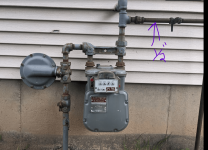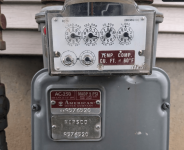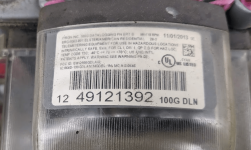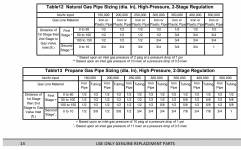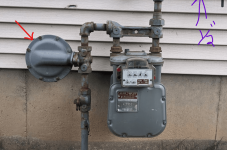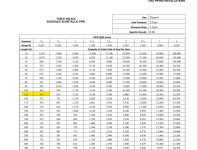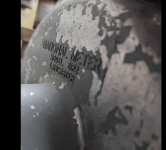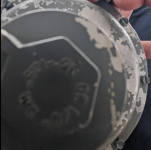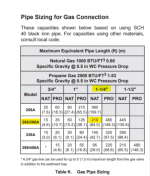Hey Everyone,
I bought my house a couple summers ago and the previous owners left a brand new Raypak 266A pool heater in the pool shed. They never hooked it up to gas or electric but did have the pool plumbing connected (currently in bypass). I'm hoping to get it running this year but I think I stumbled on why it was never connected. There is a 1/2" gas line running to the shed, and after reading the manual for this product, it looks like 3/4" is the smallest size line that will connect. Furthermore, it is about 86 feet from the meter to the to the heater and based on the maximum length requirements in the manual, I would need a minimum 1.25" line to reach that far. I believe that my gas service is only 1" going into the meter. I was hoping to run a new 1" line back to the heater but I'm worried that this would be a huge waste of time.
Wondering if anyone has any advice, or if I'm out of luck. Also I am pretty ignorant when it comes to gas line related things, so I'll attach the length chart that I am referring to. Hoping that I'm just misinterpreting the chart
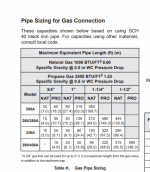
I bought my house a couple summers ago and the previous owners left a brand new Raypak 266A pool heater in the pool shed. They never hooked it up to gas or electric but did have the pool plumbing connected (currently in bypass). I'm hoping to get it running this year but I think I stumbled on why it was never connected. There is a 1/2" gas line running to the shed, and after reading the manual for this product, it looks like 3/4" is the smallest size line that will connect. Furthermore, it is about 86 feet from the meter to the to the heater and based on the maximum length requirements in the manual, I would need a minimum 1.25" line to reach that far. I believe that my gas service is only 1" going into the meter. I was hoping to run a new 1" line back to the heater but I'm worried that this would be a huge waste of time.
Wondering if anyone has any advice, or if I'm out of luck. Also I am pretty ignorant when it comes to gas line related things, so I'll attach the length chart that I am referring to. Hoping that I'm just misinterpreting the chart



